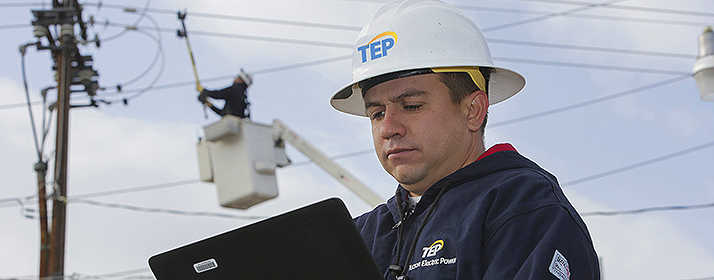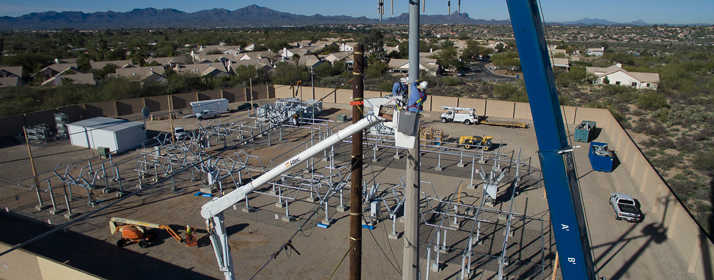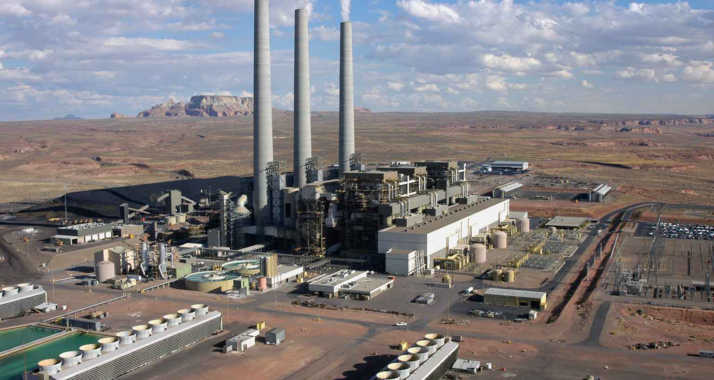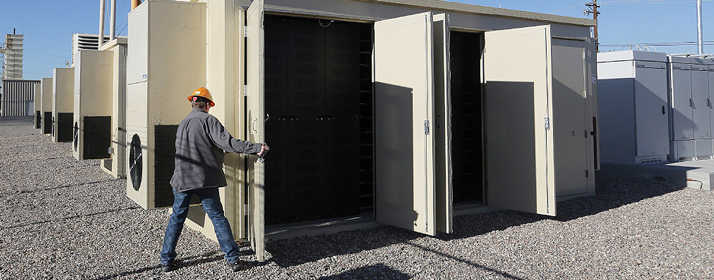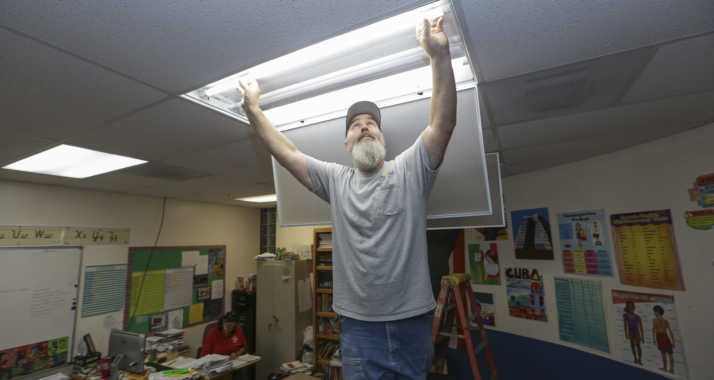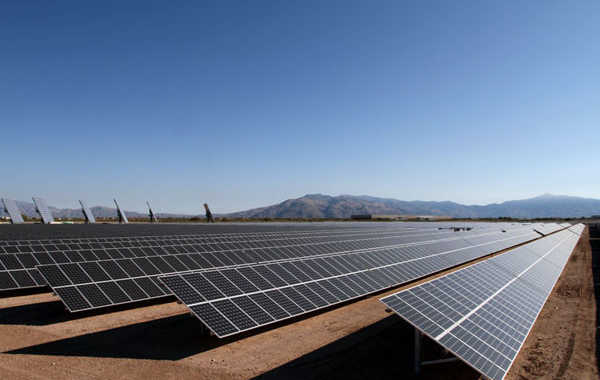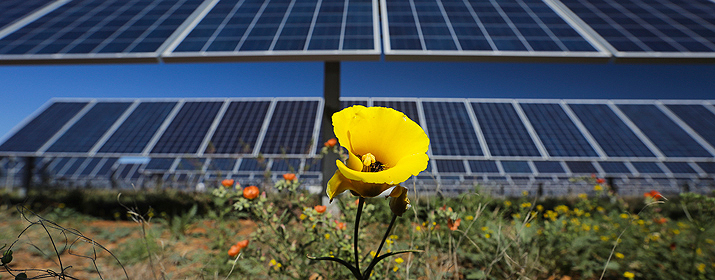
Tucson Electric Power will continue to expand renewable resources, reduce its use of coal and invest in efficient, innovative technologies to satisfy customers’ energy needs over the next 15 years.
TEP’s long-term strategy to meet the community’s future energy requirements are outlined in the company’s 2017 Integrated Resource Plan (IRP), which was recently filed with the Arizona Corporation Commission (ACC).
“We’re evolving from a traditional utility to a more technology- and consumer-focused provider of energy products and services while maintaining reliability, convenience and affordability for our customers,” said David G. Hutchens, TEP’s President and Chief Executive Officer.
The IRP projects future energy needs and describes how new technologies could create new opportunities for customers. Electric vehicles (EVs), for example, could play a significant role in future electric grid operations for both their charging requirements and their energy storage capabilities. TEP might explore “charging incentives” that encourage EV owners to take advantage of low cost solar resources during the day, leading to more efficient grid operations and long-term emission reductions.
TEP expects the local electric grid of the future to include more customer-owned distributed energy resources like rooftop solar arrays, which may require a more sophisticated digital communications network to efficiently manage operations in a way that benefits both customers and the company. New rates may be designed to support developing collaborations.
Renewable energy, energy efficiency and cost-effective natural gas technologies will play an increasingly prominent role in TEP’s resource planning process. The company will expand solar and wind generating resources with a goal of delivering at least 30 percent of its power from renewable resources by 2030, which is twice the level required by 2025 under Arizona’s Renewable Energy Standard.
The company anticipates adding about 800 megawatts (MW) of new renewable energy capacity by 2030. TEP recently signed an agreement with NextEra Energy Resources LLC to buy power from a new 100 MW wind facility. The company also is evaluating proposals for a new 100 MW solar facility that would be built and owned by a project partner.
TEP will continue to rely on energy efficiency measures and invest in new cleaner burning, natural gas resources. TEP also expects to make greater use of energy storage systems, which can boost power output levels more quickly than conventional generating resources to maintain the required balance between energy demand and supply. Such systems are expected to rapidly decline in cost, and the company could gradually add up to 100 MW of storage capacity. TEP recently completed three energy storage projects with a combined capacity of 22 MW that are designed to help manage the local electric grid.
The IRP outlines the company’s plans to retire and replace some of its coal-fired generating resources. TEP next will shed 170 MW of coal-fired capacity when Unit 2 at the San Juan Generating Station in New Mexico is shut down at the end of this year. The company plans to stop using the plant entirely when the current coal supply agreement ends in June 2022, shedding another 170 MW of coal-fired capacity.

